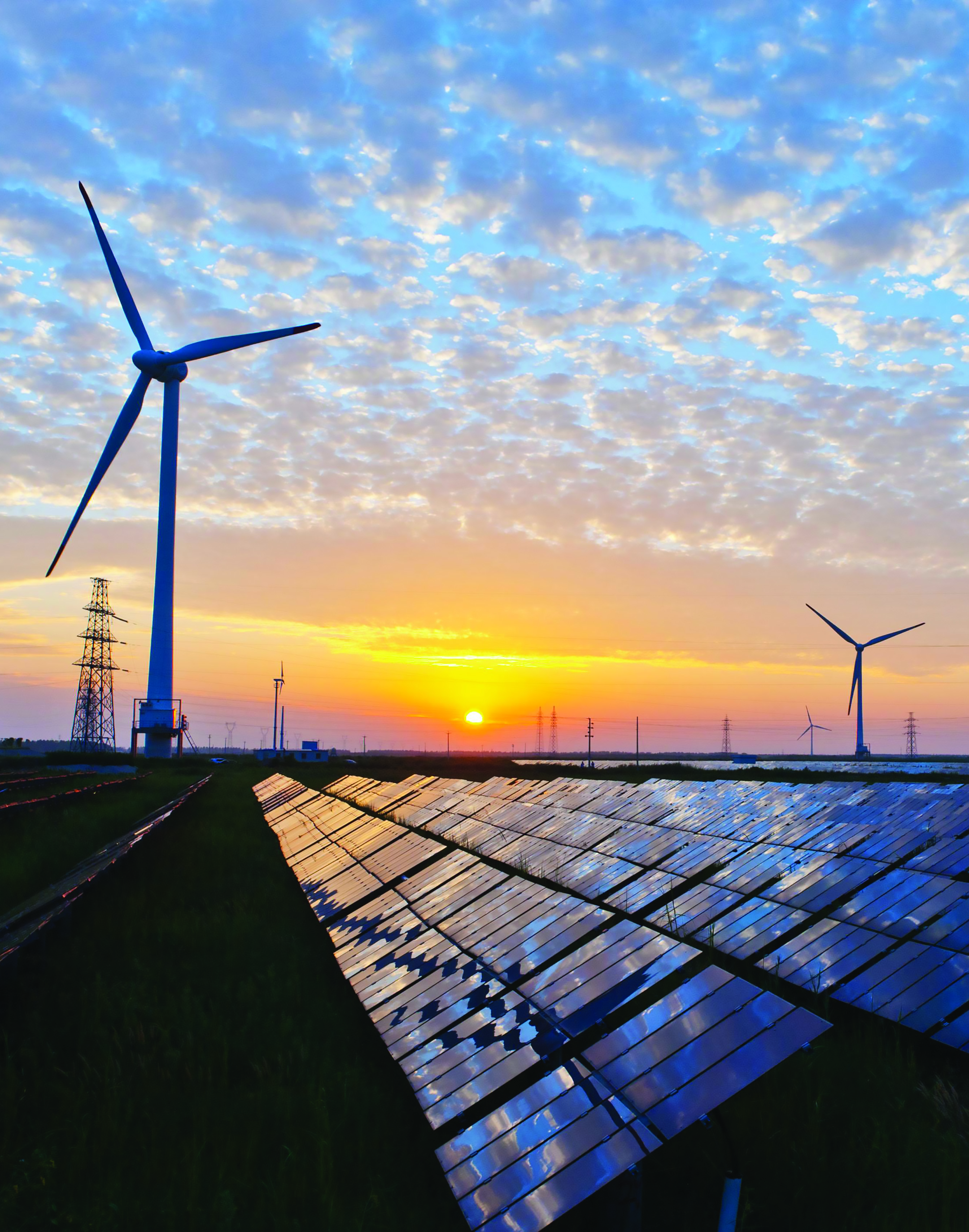
Learning Outcomes
These indicate what you should understand and be able to do as a result of the section. Each Learning Outcome highlights one main practice of science or engineering that you will use to investigate and explore ideas of Earth and space sciences and key crosscutting concepts that are common among all the sciences.
Section 1: Electricity and Your Community
- Analyze and interpret data to determine global trends in energy sources used to generate electricity.
- Analyze and interpret data to determine the major energy sources used to produce electricity in your state.
- Obtain and evaluate information about the advantages and disadvantages of energy sources used to generate electricity.
- Carry out an investigation that determines the physical properties of different coal samples.
- Analyze and interpret data on a map to explain the distribution of coal resources and coal-fired power plants across the United States.
- Analyze and interpret data to explain trends in coal production and consumption in the United States.
- Obtain and evaluate information about practices to conserve energy resources.
Section 3: Energy From Petroleum and Natural Gas
- Plan and carry out an investigation of the porosity of various kinds of sediment.
- Carry out an investigation of the permeability of various kinds of sediment.
- Analyze and interpret data to explain trends in oil production and consumption in the United States.
- Analyze and interpret data on a map to explain the distribution of oil and natural gas resources across the United States.
Section 4: Environmental Impacts and Energy Consumption
- Analyze and interpret data on a map to explain patterns in the acidity of rainfall across the United States.
- Carry out an investigation of the ability of different rock types to neutralize acid rain.
- Analyze data to determine the extent of oil spilled accidentally into the environment.
- Obtain and evaluate information about the environmental impacts of using fossil fuels to produce energy.
Section 5: Renewable Energy Sources - Solar and Wind
- Carry out an investigation of a solar heating system.
- Carry out an investigation of wind power.
- Analyze data to explain trends in solar and wind energy consumption in the United States.
- Obtain and evaluate information about the advantages and disadvantages of solar and wind energy resources.
Section 6: Earth's Mineral Resources
- Analyze and interpret data on a map to explain the distribution of several mineral resource commodities across the United States.
- Use a model to demonstrate techniques for exploring and locating ore deposits.
Section 7: The Costs and Benefits of Mining Minerals
- Use a model to demonstrate techniques for mining ore deposits.
- Analyze and interpret data to explain trends in the mining industry.
- Evaluate design solutions for mining mineral resources based on time, cost, and environmental concerns.
- Use a model to explain how surface-water reservoirs respond to increases and decreases in precipitation and outflow.
- Use a model to explain the effect of increased supply and withdrawal on the flow of groundwater.
- Obtain and evaluate information from your community’s water quality report to understand the water-supply system in your community.
Section 9: Using and Conserving Water
- Plan and carry out an investigation of the fresh water used by your school every day.
- Analyze and interpret data on water use to explain differences in per-person water use between your county and an adjacent county.
- Obtain information about water use and methods of water conservation.
Section 10: Water Pollution and Treatment
- Use a model to explain the movement of pollutants in groundwater.
- Carry out an investigation of the level of nitrates in a stream within your community.
- Use a model that illustrates key processes and stages in water treatment.
- Obtain information on the types and effects of various pollutants.
